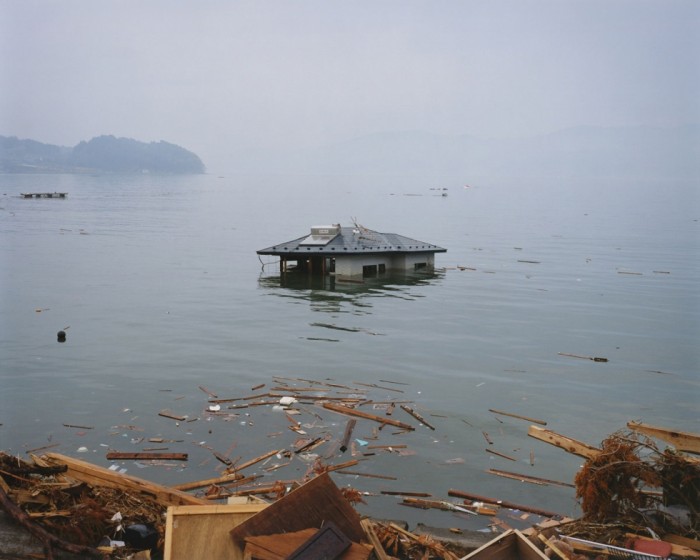“Photography, understood as a still evolving and expanding set of materials and a flourishing market for them, is more vital than it has ever been. Chemical photography, even in its present attenuated condition, survives and will probably be in use for at least another score of years, while the growth of digital photography is and will continue to be explosive in terms of the sheer number of still photographs taken daily; in terms of the already vast and constantly growing number of home-made and laboratory-produced prints; in terms of Powerpoint and other digital projection technologies, and finally and most importantly, in terms of the wide-ranging, on demand availability of countless photographic images (refreshed minute by minute) and circulating freely on the internet.
I take the question framing this conference as being aimed specifically at photography comprehended as a medium. While the commerce in photographic materials is burgeoning, the interest many people took in the medium of photography has been shrinking — in a state of atrophy for nearly two decades. Photography as a medium with a past, and crucially, a present, and a future is over and in my view is irrecuperable, even (and ironically) as the use of photographic materials dominates contemporary art production. And yet, little will change immediately: curators of photography in museums of art in the United States will keep on mounting exhibitions of photographs; galleries won’t miss a beat selling photographs dating from the 1830s and onward — while collectors, for their part will continue buying them (and the prices will rise); and students will still be taught the use of photographic materials in the setting of universities, colleges, and art schools.
What is in the process of fading away is the sensibility that was informed by the foundational groundwork and the above-ground scaffolding of the medium of photography and with their loss, the loss too of an audience for photographers who produce pictures that center on photography, reflexive pictures that simultaneously exemplify and expand what were once called “the peculiar possibilities and limitations of photography.” What has been called “pure” photography continues to have its defenders and collectors, curators and historians, but the audience it has today is generally limited to the audience it had. Some curators and critics want to believe that contemporary, photographically based art production is continuous with the old practices, traditions, and norms of the photographic medium and attempt to put, for example, the work of Nadar and Watkins, Evans and Sander in relation to Georges Rousse and Walid Raad, Wolfgang Tillmans and Candida Hofer. This sort of exercise corrupts our comprehension of both photography as medium and photography in the service of contemporary art. It bends history, undermines understanding, and blocks feeling, replacing vexing complexity with a smooth linear narrative. This is not the moment for anodynes.”
From a conference at the San Francisco Museum of Modern Art 1.
Tags (1)
SFMOMA





